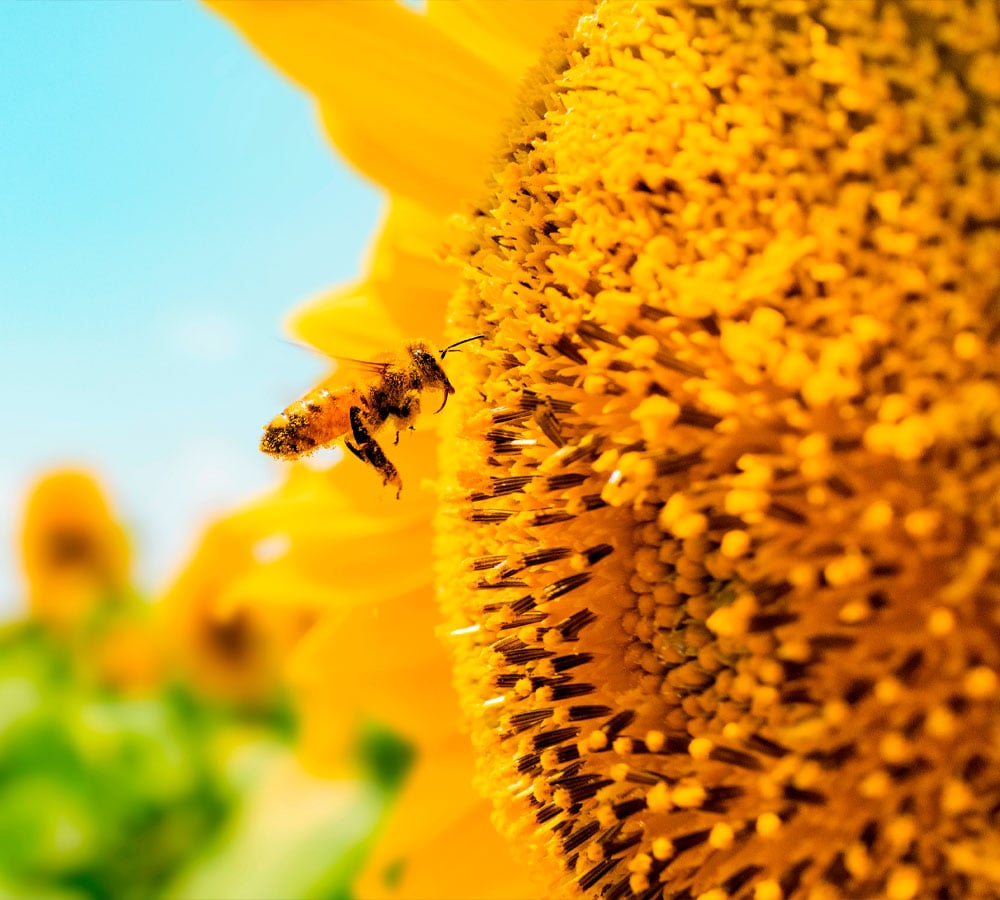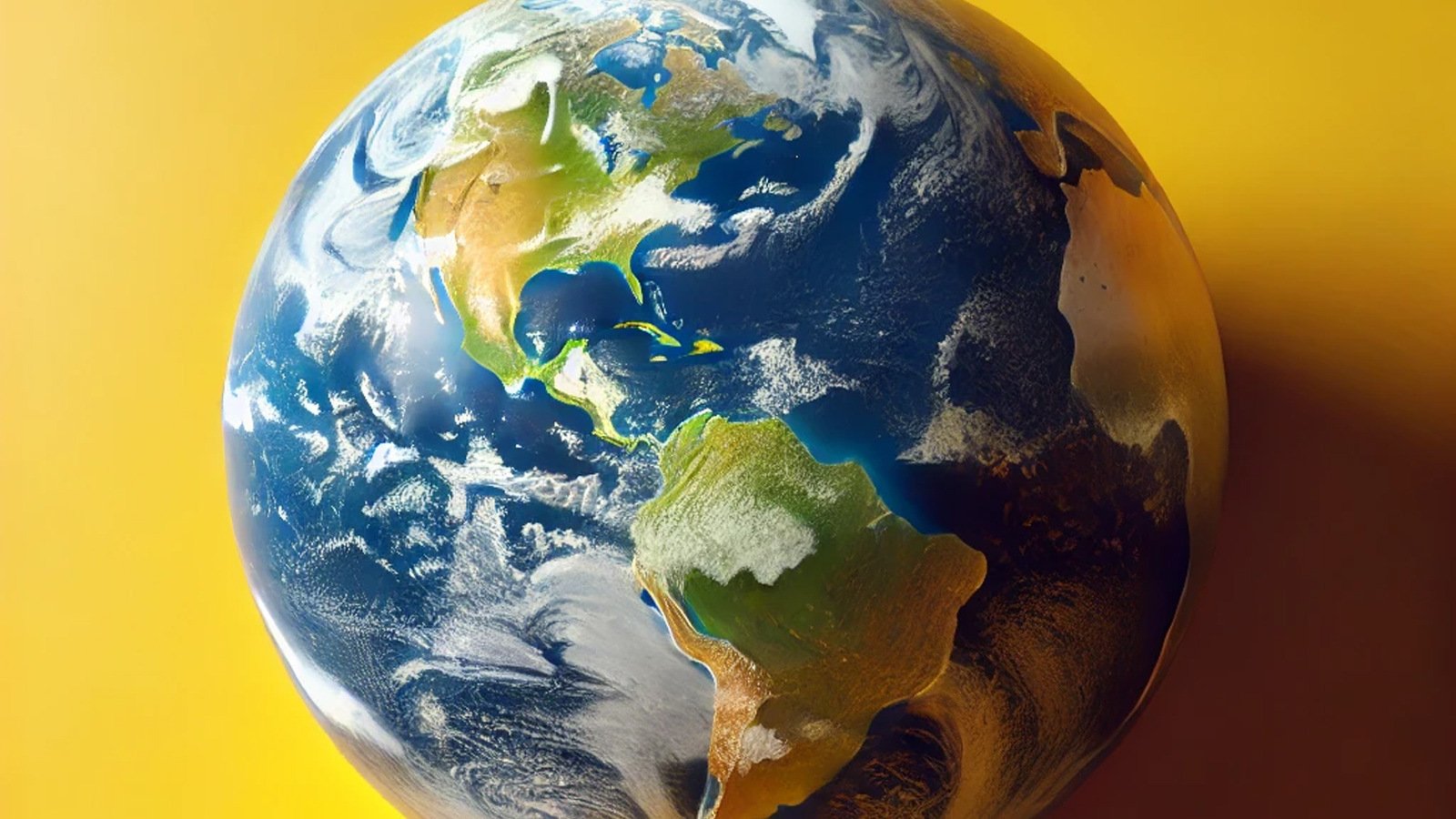July 24, 2025 is Earth Overshoot Day - the date when more resources have been consumed than the Earth can renew in that year. In the Netherlands this day already falls on May 5 this year, in Belgium on March 27. The differences between Earth Overshoot Day and national Country Overshoot Days show the extent to which resource use varies by country. By comparison, in Uruguay, Country Overshoot Day does not fall until Dec. 17, 2025, while Qatar already reached this mark on Feb. 6.
What does Earth Overshoot Day theory say?
Earth Overshoot Day is a concept introduced in the 1970s by British researcher Andrew Simms. Initial calculations showed that in 1971, for the first time, humanity consumed more natural resources than the Earth could renew in the same year. Earth Overshoot Day then still fell on Dec. 25. Since then, this date has moved forward every year.
The calculation goes as follows:
Global bio capacity: ecological footprint x 365 days = Earth Overshoot Day
Bio capacity is the amount of natural resources the Earth can renew per year. This includes, for example, the growth of trees, the reproduction of fish and the natural fertility of agricultural land. In addition, it also refers to the capacity of ecosystems to absorb CO2. An example is the uptake of CO2 by forests. Trees convert carbon dioxide into oxygen through photosynthesis and store carbon in wood. When deforestation is faster than forest growth, bio-capacity decreases and more CO2 remains in the atmosphere.
Ecological footprint is the amount of resources humans consume in a year, such as wood, water, food and fossil fuels such as petroleum and natural gas. This is calculated for each country based on consumption patterns and available biocapacity. For example, a country with many imports and high consumption typically has a much larger footprint than one that produces locally and consumes less.
The larger the ecological footprint and the smaller the bio-capacity, the faster Earth Overshoot Day falls in the year. This means we run out of resources faster and nature has less time to recover.
Renewable and non-renewable resources
Renewable raw materials
Renewable resources are materials that nature can replenish in a relatively short period of time, provided they are not overused. Examples include:
- Wood - trees can regrow if not too many are cut down at once.
- Fish - populations can recover, provided there is no overfishing.
- Agricultural crops - food crops such as wheat and corn can be grown again each season if the soil remains healthy.
Non-renewable raw materials.
These are raw materials that take a longer time to create and cannot be readily replenished. Examples include:
- Fossil fuels-such as oil, gas and coal.
- Minerals and metals- such as gold, copper and iron, which we extract from the earth.
The circular economy and the Ellen MacArthur model
To postpone Earth Overshoot Day, it is important to use resources differently. The circular economy is all about reusing raw materials so that less is wasted. The Ellen MacArthur model, developed by the Ellen MacArthur Foundation, describes two cycles within the circular economy:

Biological cycle
The first wing of the butterfly model visualizes the biological cycle. For example, the first wing visualizes the biological cycle of renewable materials. This represents how, by not poisoning or overloading deployed ecosystems, we can balance consumption and extraction.
Technical cycle
The second wing of the butterfly model depicts the technical cycle, showing the non-renewable resources. This model shows the importance of preserving these materials by recovering them from residual streams after use. While retaining their original value.
The butterfly model in Milgro's Zero Waste Office
In the page about our special building, we talk about the two stairwells in Milgro's office. And how these visualize the two material cycles. One stairwell the biological cycle, through self-sustaining plants. And the other stairwell the technical cycle, where we manage non-renewable resources through our own citymine. Thus, every day we are inspired by MacArthur's butterfly model and the many opportunities of the circular model.
What does the theory of the circularity gap say?
The Circularity Gap shows how far we are from a circular economy. According to the recent report, only 7.2% of the global economy is circular. This means that more than 92.8% of all materials are still lost as waste or CO2 emissions. This directly affects Earth Overshoot Day: the less the circular economy, the faster we will run out of resources.
The Circularity Gap is created by a combination of factors, including:
- High dependence on new raw materials: Materials are often used only once and then discarded rather than repurposed. This leads to a constant demand for new, primary raw materials.
- Limited reuse and recycling process: Many products are designed for single use and contain complex materials that are difficult to recycle.
- Linear production and consumption: Our current economic model is largely based on extracting raw materials, producing and consuming and then throwing them away.
How does the Circularity Gap affect Earth Overshoot Day?
The rate at which we consume natural resources and produce waste directly contributes to advancing Earth Overshoot Day. The less we reuse and the more we rely on new resources, the faster we exceed the Earth's regenerative capacity.
By reducing the Circularity Gap - for example, by designing more sustainably, reusing raw materials - we can reduce the pressure on natural resources and push Earth Overshoot Day further back.
Staying informed
Stay up to date on all new developments? Follow us onLinkedIn and Instagram or subscribe to thenewsletter. Are you curious about what Milgro can do for your business and waste process? Then get in touch.














